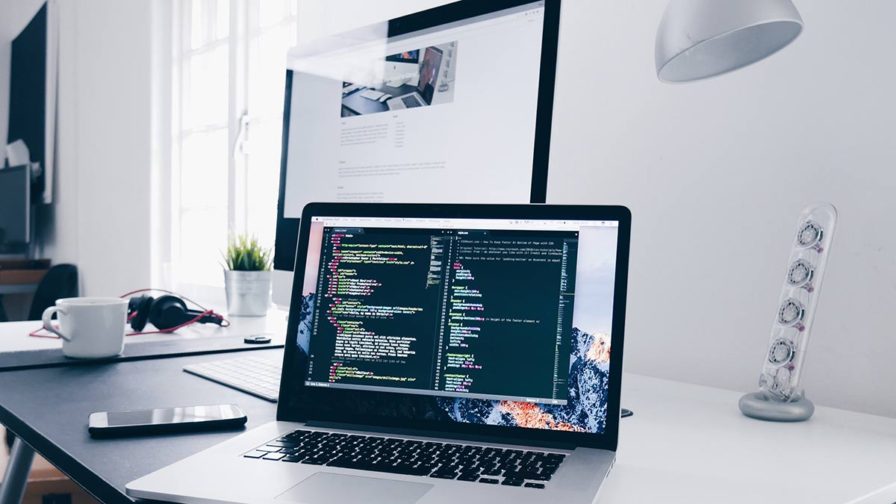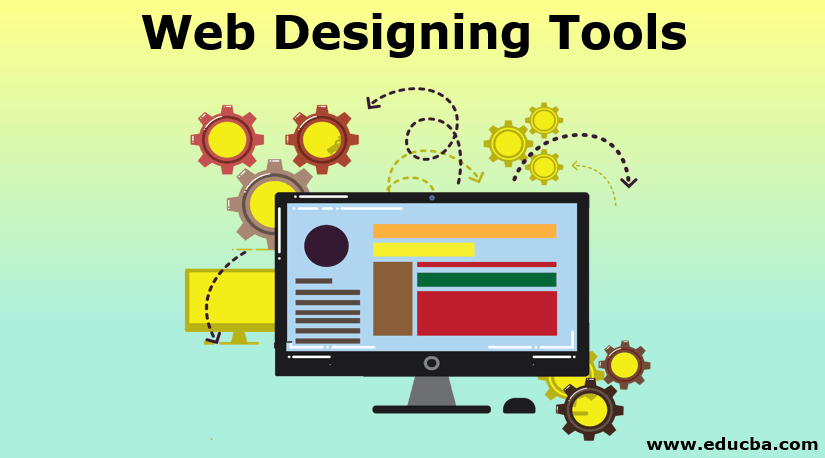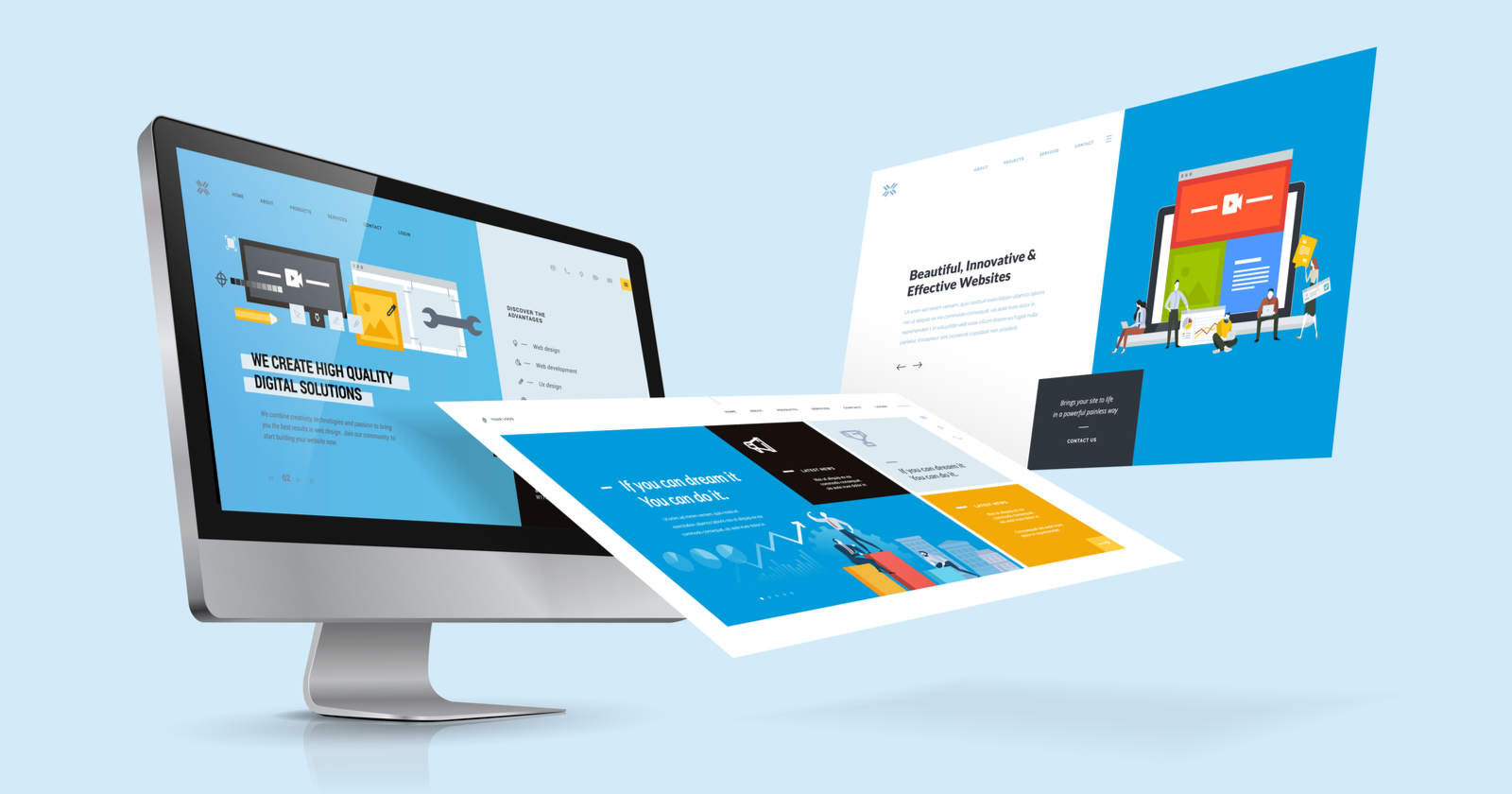Innovative Aligned Position Web Design: Future-Proof Websites for Businesses in Every Niche
Innovative Aligned Position Web Design: Future-Proof Websites for Businesses in Every Niche
Blog Article
The Very Best Types of Web Design to Improve User Experience and Interaction
In the ever-evolving landscape of electronic interaction, the effectiveness of Web layout substantially influences user experience and engagement. Various design techniques, such as minimal, receptive, and interactive formats, each offer special advantages that can cater to diverse user demands.
Minimalist Website Design
As digital landscapes become progressively cluttered, minimalist website design has actually arised as an effective approach to boosting user experience. This layout ideology prioritizes simplicity, concentrating on necessary components while removing unneeded disturbances. By utilizing enough white space, uncomplicated navigation, and a minimal color scheme, minimal design promotes clearness and directs individual attention to key material.
The core principle of minimal website design is to create a seamless interaction for individuals. By reducing cognitive lots, customers can quickly realize info without really feeling bewildered. This straight approach not only enhances usability however additionally encourages engagement, as visitors are most likely to discover a website that is aesthetically enticing and simple to browse.
In addition, minimalist design often stresses typography and images, making use of these components tactically to communicate messages properly. In significance, minimal Web style is not just a trend; it is a thoughtful technique that identifies the value of user-centered style.
Receptive Website Design
In today's diverse electronic setting, receptive Web design has actually ended up being important for producing a smooth user experience across a wide variety of tools. As customers gain access to internet sites on smart devices, laptops, tablet computers, and desktops, the ability of an internet site to adapt its layout and web content to different display dimensions and resolutions is important.
Responsive website design employs adaptable grids, photos, and CSS media inquiries to make sure that Web content exists efficiently, no matter the tool utilized. This technique not just boosts the visual charm of a website however likewise significantly enhances use. Customers are more probable to involve with a site that uses a regular experience, as it removes the frustration of needing to focus or scroll exceedingly.
By embracing receptive style, companies can boost their exposure and get to a broader target market. In recap, responsive Web layout is a basic method that boosts individual experience, interaction, and overall contentment.
Interactive Website Design
Receptive Web layout lays the groundwork for improving user experience, yet interactive website design takes this an action additionally by engaging individuals in a more dynamic means - Aligned Position Web Design. By incorporating elements such as computer animations, clickable models, and real-time feedback, interactive Web design mesmerizes individuals, attracting them right into a richer surfing experience
This technique not just fosters engagement yet additionally encourages users to discover content actively instead of passively eating it. Techniques such as gamification, where customers earn rewards for completing tasks, can dramatically boost the time invested on a site and enhance total satisfaction. Interactive functions can simplify complicated details, making it extra pleasurable and absorbable.

Incorporating interactive layout elements can likewise cause higher conversion prices, as individuals are more probable to engage with a site that proactively includes them. Aligned Position Web Design. Ultimately, interactive Web layout changes individual experiences into unforgettable journeys, guaranteeing that visitors return time after time
Apartment Layout
Characterized by its minimalistic method, flat style highlights simplicity and capability, removing unnecessary aspects and Read More Here concentrating on necessary functions. This style philosophy prioritizes use, making sure that customers can browse user interfaces easily and performance. By employing a tidy aesthetic, level layout gets rid of the mess frequently located in extra elaborate designs, thus enhancing individual concentrate on content and capability.
The trademark of flat style depends on its use vibrant shades, simple typography, and geometric forms. These components add to a visually appealing interface that is both modern and approachable. Additionally, flat layout cultivates a feeling of quality, allowing customers to recognize crucial activities and details without interruption.
In addition, flat layout is specifically reliable in responsive website design, as its simplicity equates well throughout numerous gadgets and screen sizes. The lack of detailed textures and gradients decreases packing times, which is vital for preserving user interaction. As digital landscapes continue to evolve, level design continues to be a relevant selection for creating easy to use websites that boost overall experience. By concentrating on vital features, flat style not only satisfies user requirements but also encourages smooth communication, making it a crucial component of reliable Web style methods.
Flexible Website Design
Adaptive website design customizes the customer experience by creating numerous dealt with layouts tailored to different display sizes and tools. Unlike responsive style, which fluidly changes a single layout, adaptive design uses unique layouts for details breakpoints, ensuring optimum discussion on numerous systems. This method allows designers to concentrate on the distinct attributes of each tool, enhancing usability by providing precisely what users require based on their context.
Among the primary advantages of adaptive Web style is its ability to maximize lots times and performance. By offering customized material and images that fit the user's device, sites can reduce data usage and improve loading rates. This is especially useful for individuals with slower connections or limited data strategies.

In addition, flexible sites style promotes a much more controlled and consistent branding experience. Considering that developers create multiple layouts, they can guarantee that the aesthetic elements straighten with the brand's identification across different platforms - Aligned Position Web Design. This leads to a natural customer experience, enhancing involvement and advertising user retention
Conclusion
Minimalist layout promotes quality and focus, while receptive layout guarantees flexibility across various devices, advertising access. Collectively, these style approaches add to the creation of straightforward atmospheres that not just improve contentment yet additionally drive higher conversion rates, underscoring their important value in contemporary Web design techniques.

Minimalist layout fosters quality and focus, while receptive design guarantees versatility across different devices, promoting accessibility. Collectively, these design approaches contribute to the creation of user-friendly environments that not just boost satisfaction but additionally drive greater conversion prices, underscoring their critical relevance in modern Web design methods.
Report this page